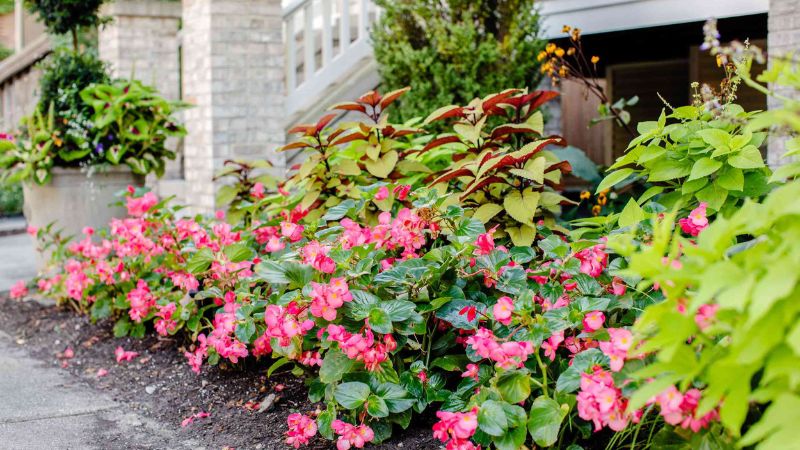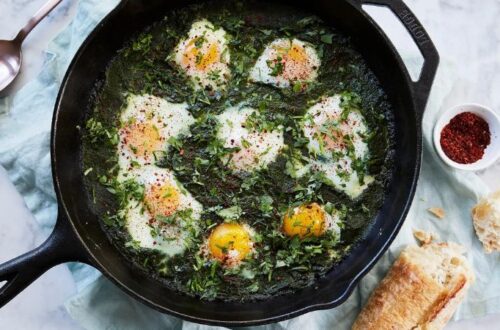Choosing the right plants for a shaded garden can be a challenge, but with the right selections, you can create a lush and vibrant oasis even in the shadiest corners of your yard. In this article, we’ll explore eight of the best shade plants that will thrive in various light conditions, adding beauty and interest to your garden.
Blue Oat Grass
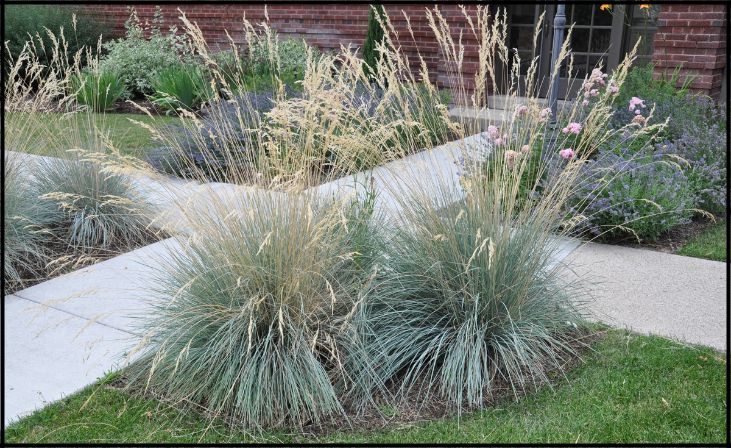
Characteristics of Blue Oat Grass
Blue oat grass is prized for its year-round color and texture, making it an excellent choice for adding interest to shady areas. Its silver-blue foliage remains striking even in chilly climates, providing a beautiful contrast to other plants in the garden.
Growing Blue Oat Grass in Your Garden
Blue oat grass prefers well-drained soil and partial shade to full sun. Plant it in an area where it will receive some sunlight each day, but avoid placing it in direct afternoon sun, which can cause the foliage to scorch. Water regularly, especially during dry periods, and mulch around the base of the plant to conserve moisture and suppress weeds.
Foxglove
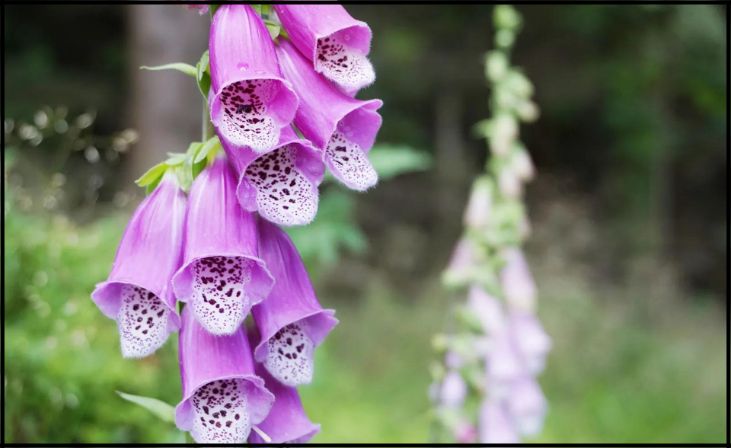
Characteristics of Foxglove
Foxglove is known for its tall spikes of tubular flowers in shades of pink, purple, white, and yellow, which attract bees, butterflies, and hummingbirds to the garden. However, it’s essential to note that all parts of the plant are toxic if ingested, so care should be taken when planting it, especially in households with children or pets.
Growing Foxglove in Your Garden
Foxglove thrives in partial to full shade and moist, well-drained soil. Plant it in a sheltered location where it will be protected from strong winds. Provide adequate water during dry spells, and deadhead spent flowers to encourage continuous blooming throughout the season.
Primrose
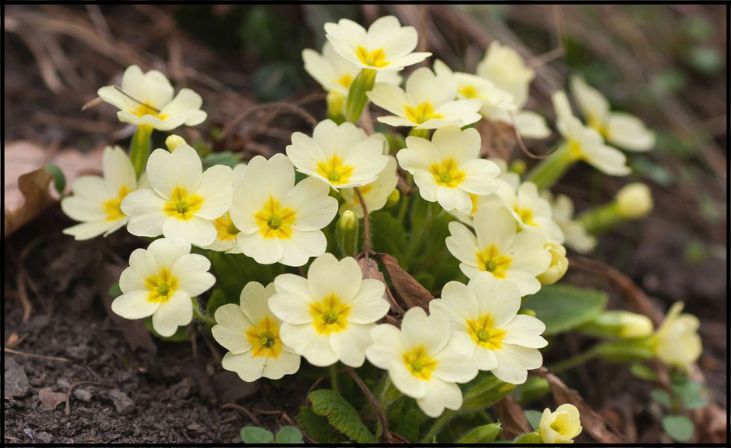
Characteristics of Primrose
Primroses are beloved by gardeners for their early spring blooms and ability to thrive in a range of climates, from hot summers to cold winters. They prefer partial to full shade and moist, well-drained soil, making them an excellent choice for shaded borders and woodland gardens.
Growing Primrose in Your Garden
Plant primroses in a location with morning sun and afternoon shade, as direct sunlight can cause the flowers to wilt. Keep the soil consistently moist but not waterlogged, and fertilize lightly in early spring to promote healthy growth. Deadhead spent flowers to encourage reblooming, and divide overcrowded clumps every few years to maintain vigor.
Browallia
Characteristics of Browallia
Browallia is gaining popularity as an alternative to impatiens, thanks to its vibrant blooms and mounding foliage. Available in shades of periwinkle blue, white, and violet, it adds a pop of color to shaded areas of the garden and looks stunning when planted in containers or hanging baskets.
Growing Browallia in Your Garden
Browallia thrives in partial to full shade and moist, well-drained soil. Plant it in a location protected from hot afternoon sun, as too much direct sunlight can cause the flowers to fade. Keep the soil consistently moist but not waterlogged, and fertilize monthly during the growing season to promote continuous blooming.
Hosta
Characteristics of Hosta
Hostas are prized for their beautiful foliage and ability to thrive in shady conditions. With hundreds of varieties available, ranging from small, compact plants to giant specimens, there’s a hosta to suit every garden style and size.
Growing Hosta in Your Garden
Hostas prefer partial to full shade and moist, well-drained soil enriched with organic matter. Plant them in a location protected from strong winds, as their large leaves can be damaged by excessive wind exposure. Water regularly, especially during hot, dry periods, and mulch around the base of the plants to conserve moisture and suppress weeds.
Sweet Potato Vine
Characteristics of Sweet Potato Vine
Sweet potato vine is a versatile vining annual that adds a splash of color to both sunny and shaded areas of the garden. Available in shades of purple, burgundy, and chartreuse, it looks stunning when cascading from containers, hanging baskets, or window boxes.
Growing Sweet Potato Vine in Your Garden
Sweet potato vine thrives in both sun and shade, making it a versatile choice for gardeners. Plant it in well-drained soil and provide regular water to keep the soil consistently moist. Pinch back the tips of the vines to encourage branching and fullness, and fertilize monthly during the growing season to promote vigorous growth and abundant flowering.
Begonia
Characteristics of Begonia
Begonias are beloved for their colorful flowers and ability to thrive in shady conditions. Available in a wide range of sizes and colors, from compact bedding plants to tall, bushy specimens, there’s a begonia to suit every garden style and preference.
Growing Begonia in Your Garden
Begonias prefer full shade and moist, well-drained soil. Plant them in a location protected from hot afternoon sun, as too much direct sunlight can cause the flowers to wilt. Water regularly, especially during dry spells, and fertilize lightly in early spring to promote healthy growth and abundant flowering.
Ligularia
Characteristics of Ligularia
Ligularia, also known as leopard plant, is prized for its large, striking leaves and vivid yellow flowers, which add drama and interest to shady areas of the garden.
Growing Ligularia in Your Garden
Ligularia thrives in partial to full shade and moist, well-drained soil. Plant it in a location with consistent moisture, such as near a pond or in a boggy area of the garden. Provide adequate water during dry spells, and mulch around the base of the plant to conserve moisture and suppress weeds. Deadhead spent flowers to encourage continuous blooming, and divide overcrowded clumps every few years to maintain vigor.

